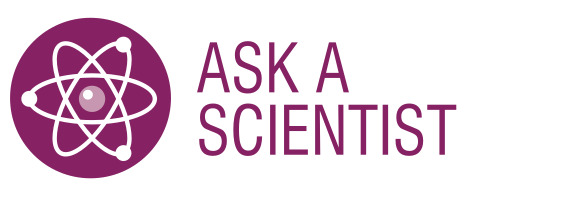
University of Otago physicist Prof David Hutchinson describes the importance of the achievements of this year’s Nobel Laureates.

Suffice it to say, an attosecond pulse is a very short pulse of light indeed. But light itself is very fast, travelling at 300 million metres every second. This means that, during an attosecond, light travels a distance of about the size of an atom.
In a hardware store you can buy a laser measure to measure the distance to a wall. The pulse of light in this laser has to be short compared with the distance measured, so you can calculate the length from the time of flight.
This is fairly easy and laser measures are rather cheap. Attosecond pulses, which are much harder to create, mean one can measure the motion of electrons on molecular scales, enabling us to "see" (!) the dynamics of electrons in atoms and molecules in laboratory experiments.
Advances in laser technology allowed us to make shorter and shorter pulses, down to a few femtoseconds (one thousand million millionths of a second), but it was thought this represented a fundamental limit. To get down to the timescales required to resolve electron dynamics in atoms and molecules, something special was required.
That special ingredient was the interaction of pulses of light with a gas of highly charged ions, where almost all the electrons from an atom had been removed. This interaction led to a surprising array of high harmonics of the initial laser frequency that could be engineered to produce extremely short pulses of light — ultimately allowing access to the attosecond timescales of molecular dynamics.
The importance of the discovery is in its wide range of applications, enabling the expansion of frontiers in fields from atomic and molecular physics, chemistry and even biology.
The prize consists of an equal share of 11million Swedish kroner ($NZ1.65m).
Agostini and L’Huillier, both originally from France, work in the US and Sweden respectively. Hungarian-born Krausz is based in Germany.
Ask a question
- Send questions to: Ask-A-Scientist, PO Box 517, Dunedin 9016
- Email question.aas@gmail.com












